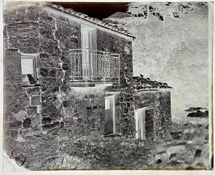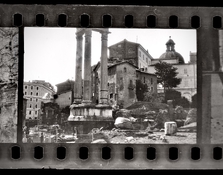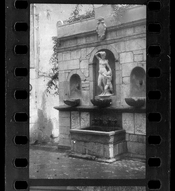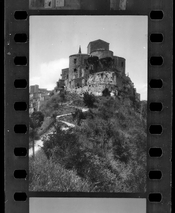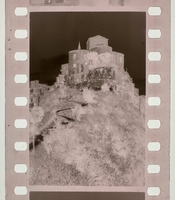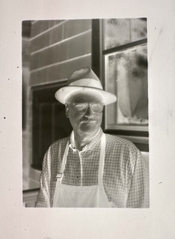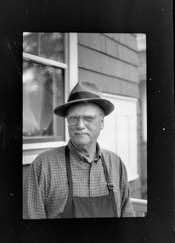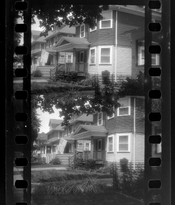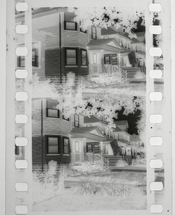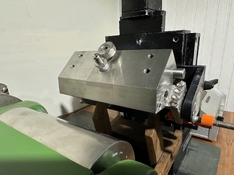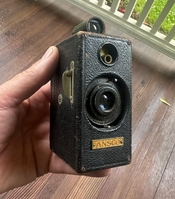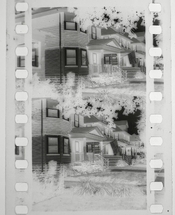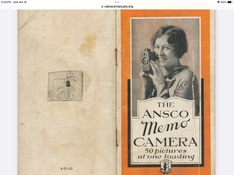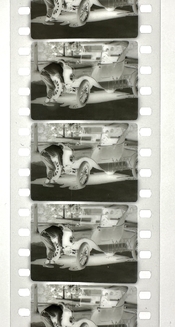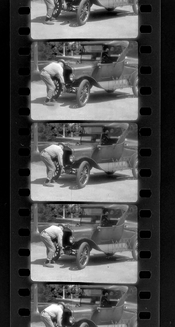- Joined
- Sep 7, 2011
- Messages
- 67
- Format
- Large Format
It would go offtopic rather strongly, but I think I'm not alone in having some issues with what Facebook represents and how the business model works. I'm afraid there will always be a group of people who simply refuse to take part in it. Perhaps it's a shame that this results in practitioners becoming divided/distributed across different platforms. Of course, all are welcome here on Photrio. Either way, I think the reality is, and will continue to be, that there are different platforms and no single platform will be home for all individuals within a certain community. We'll have to learn to live with that, one way or another.
There's always a dilemma there; on the one hand we want people to feel free in speaking up, but the drawback of this is that not everything shared is on-topic, relevant or of high quality. I think by and large Photrio does fairly well compared to other online platforms, which is also evident in how many people find this place through online searches for specific information. Lots of pearls, but also lots of mud. It's difficult to get just one without the other.
As to Ron, he was a regular and frequent participant here on Photrio right up to his final days. We all thank him dearly for his commitment to sharing his knowledge so freely through several channels, and he's still sorely missed today. What he has shared here remains easily accessible and indeed intensively used/referenced by many.
Sure I understand. Well as you can see I‘m reaching out now to this group as a way to put this information out there. If there is a different subgroup here you think I should use, let me know. I just guessed my post might be viewed by someone and it worked since I got response quickly enough. We are currently prepping to teach a five day 8x10” dry collodion negative workshop here in Sicily … beginning tomorrow. So, I initiated this thread here but may be “away“ for the next few days while teaching.
Below: typical dry collodion negative taken in rural Sicily last year. Made for salt printing.


